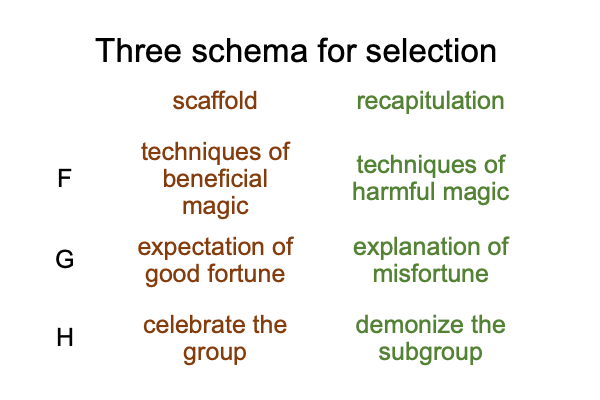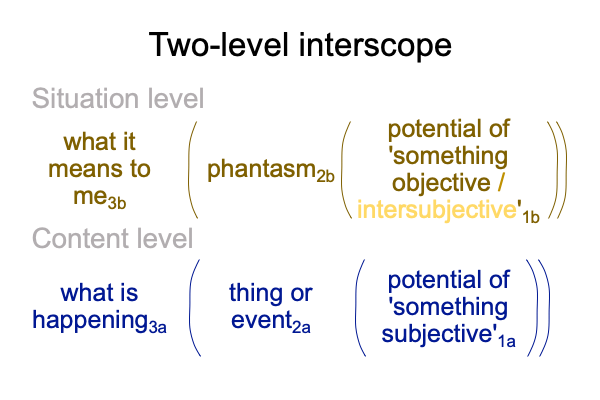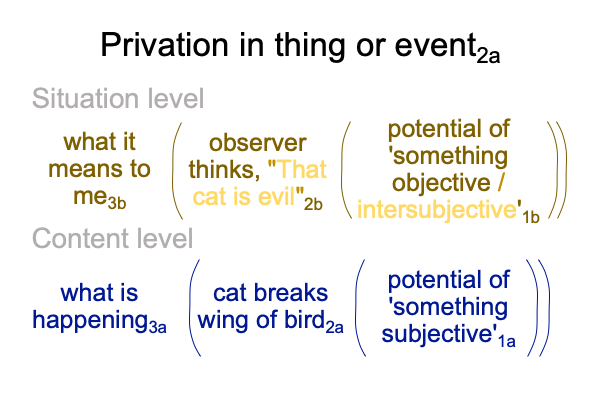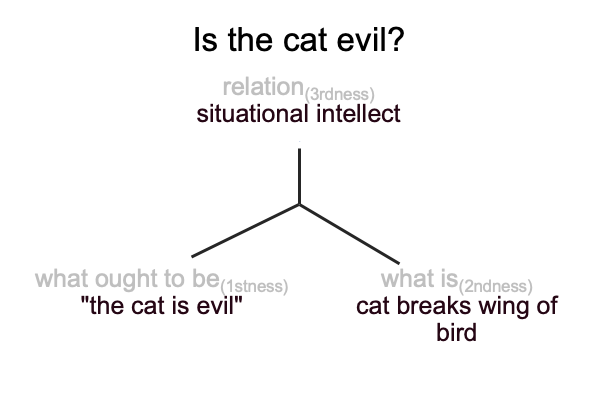Looking at Manvir Singh’s Article (2021) “Magic, Explanations, and Evil” (Part 2 of 5)
0005 Anthropology stands astride the narrower, more technical, disciplines of Sociology and Psychology.
Manvir Singh constructs a modern paradigm for a topic dear to Anthropology, but not to the narrower disciplines.
What is the nature of magic?
0006 Singh publishes the results of a Mystical Harm Survey, applied to 60 societies on the Probability Sample File of the electronic Human Relations Area Files. He uses principal component analysis to reduce forty-nine raw variables to two principal dimensions with the greatest variation.
Principal components? Greatest variation?
0007 Principal components are the dimensions with the greatest variation in a scatterplot.
Typically, principal component analysis shows variables that are relevant to the topic at hand.
For example, when considering mystical harm, one would expect significant variation between a common person and, say, a warlock, along some parameter that might be called, “warlockness”.
0008 Singh finds two parameters distinguishing common folk, sorcerers and witches. Witches are high in PC1 and low in PC2. Sorcerers are low in PC1 and high in PC2.
PC1 is witchiness. Witches fly, meet in secret in the forest on a full moon, suddenly appear and disappear, and so on. To me, witchiness is the embodiment of malicious magic. Witches not only perform magic, they live it.
PC2 is the evil eye. Sorcerers do not embody the magic that they perform. Instead, the magic resides in their gaze. The evil eye is a harmful mystical operation that signifies a whole range of magical works. The evil eye is the worst.
0009 Singh does not dwell on the seemingly philosophical distinction between embodiment and gaze. Neither do the anthropologists who are pleased with the scatterplot of PC1 and PC2 in Figure 1 (of the article). Anthropology looks like science.




